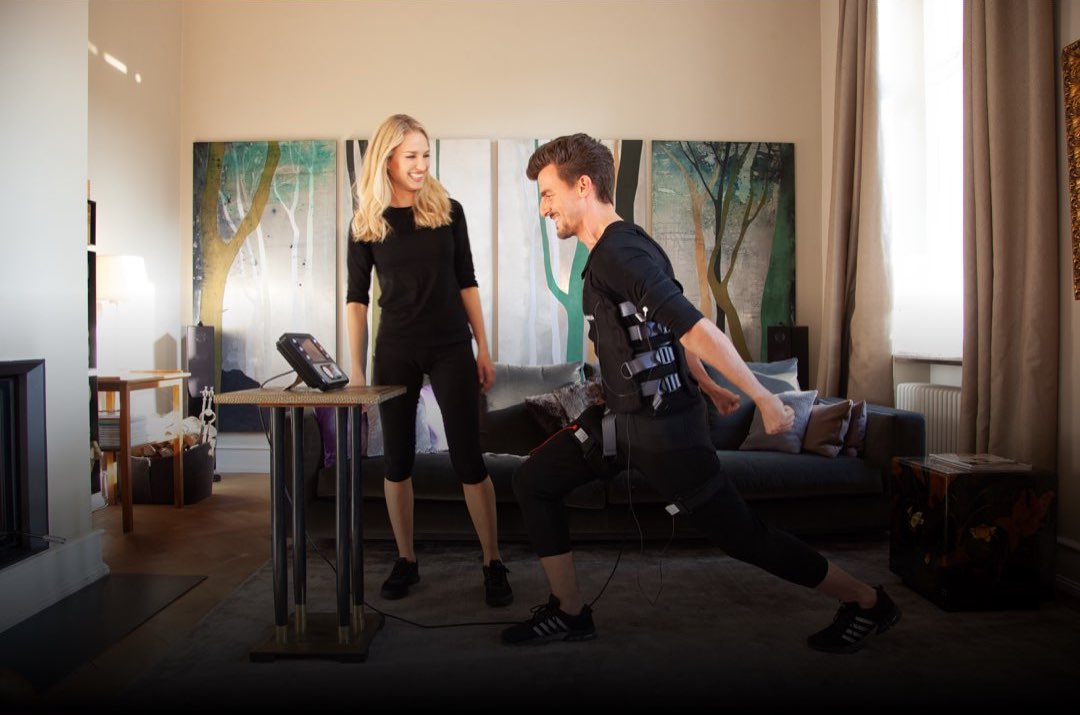Intuitive and easy to use, an EMS electro stimulator is very useful if you are an athlete or want to relieve the pain derived from your day-to-day work. It is also used to relax muscles and combat fatigue caused by your training sessions. With it, we stimulate the muscle fibers allowing the muscles to achieve strength just like orthopedic instruments, resistance, volume, and burning fat deposits.
Before starting, we answer the first questions that will undoubtedly arise.
How To Connect The Cables?
In each channel, you must connect each of the cables, which will be responsible for transmitting your device’s power. In this case, it is a two-channel EMS, which is equal to 4 electrodes.
Some do not use cables. They work wirelessly, which makes our movements much more straightforward.
In What Position Should The Electrodes Be On The Muscles?
Placing the electrodes is not complex at all. The equipment itself visually indicates where to place them in each program.
They should typically be between 5-15 cm apart. If the distance is less than 5 cm, superficial structures are stimulated, and if it is greater than 15 cm, deep and extensive structures are stimulated with less intensity.
If you place the electrodes incorrectly, don’t worry, there is no risk of any kind. Only the effect you expected will be less.
We advise you not to use the electrodes for no less than 20 or more than 40 uses. As a tip, if you want to use it regularly, clean (and wax) the area to be treated very well.
How Do I Know How Long Each Session Should Last?
Each EMS program has its predefined time; you don’t have to do anything else. With this type of EMS, we only have to choose the operating mode between these three options:
- TENS, for pain treatment: back pain, joint pain, neuralgia, or menstrual pain.
- EMS, training and muscle recovery, as an activating effect to increase the resistance and strength of the muscles or with a relaxing effect to release tension, relieve overload, or accelerate muscle regeneration after an effort.
- Relaxing massage for the legs.




